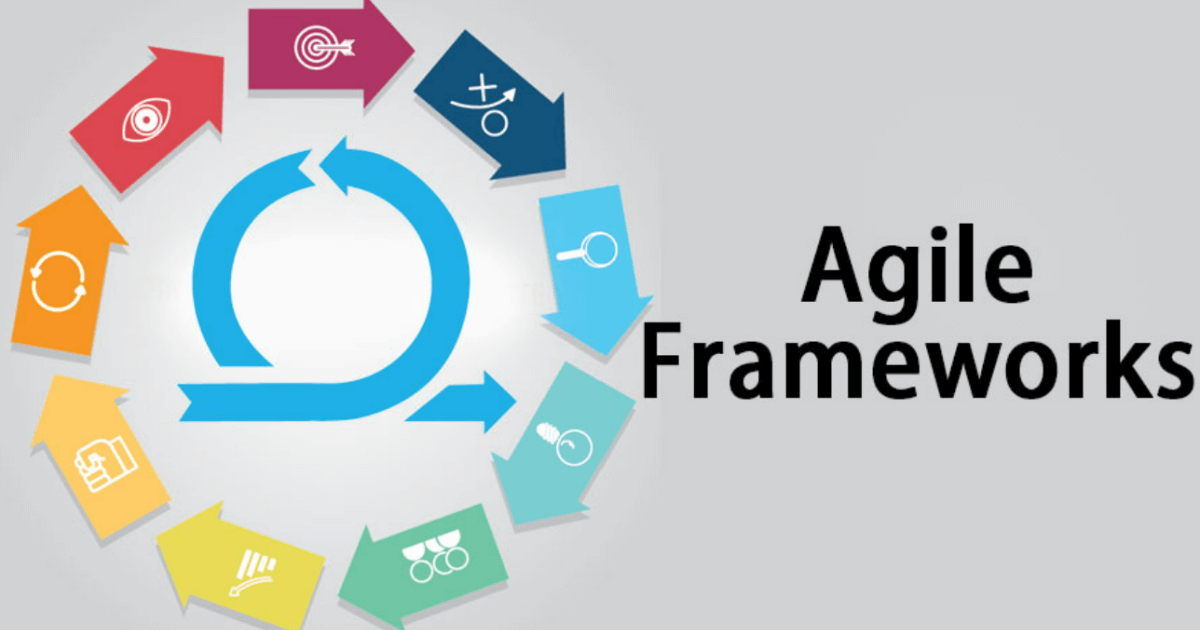An agile framework is a set of guiding principles and structures that help teams implement agile methodologies. There are several agile frameworks available, but some of the most popular ones include:
- Scrum: Scrum is a framework that emphasizes teamwork, collaboration, and iterative progress toward well-defined goals. It includes roles such as Scrum Master, Product Owner, and Development Team, and ceremonies such as Sprint Planning, Daily Scrum, Sprint Review, and Sprint Retrospective.
- Kanban: Kanban is a framework that emphasizes continuous flow and visualization of work. It focuses on limiting work in progress and creating a pull-based system, where work is pulled into the development process when there is capacity to handle it.
- Lean: Lean is a framework that emphasizes eliminating waste and maximizing value. It focuses on creating a continuous flow of value delivery and eliminating non-value-added activities.
- Extreme Programming (XP): XP is a framework that emphasizes technical practices such as pair programming, test-driven development, and continuous integration. It is designed to create high-quality software that is easy to maintain and adapt.
Agile Manifesto
The Agile Manifesto is a document that outlines the values and principles of agile development. It was created in 2001 by a group of software developers who were dissatisfied with traditional, plan-driven approaches to software development. The manifesto prioritizes individuals and interactions, working software, customer collaboration, and responding to change. It also values courage, openness, honesty, and respect.
The Agile Manifesto includes four core values:
- Individuals and Interactions: The agile manifesto prioritizes individuals and interactions over processes and tools. It emphasizes the importance of collaboration, communication, and teamwork in software development.
- Working Software: The manifesto prioritizes working software over comprehensive documentation. It emphasizes the importance of delivering functional software that meets the customer’s needs.
- Customer Collaboration: The manifesto prioritizes customer collaboration over contract negotiation. It emphasizes the importance of working closely with customers to understand their needs and delivering software that meets those needs.
- Responding to Change: The manifesto prioritizes responding to change over following a plan. It emphasizes the importance of being able to adapt to changing requirements and delivering software that meets the customer’s current needs.





